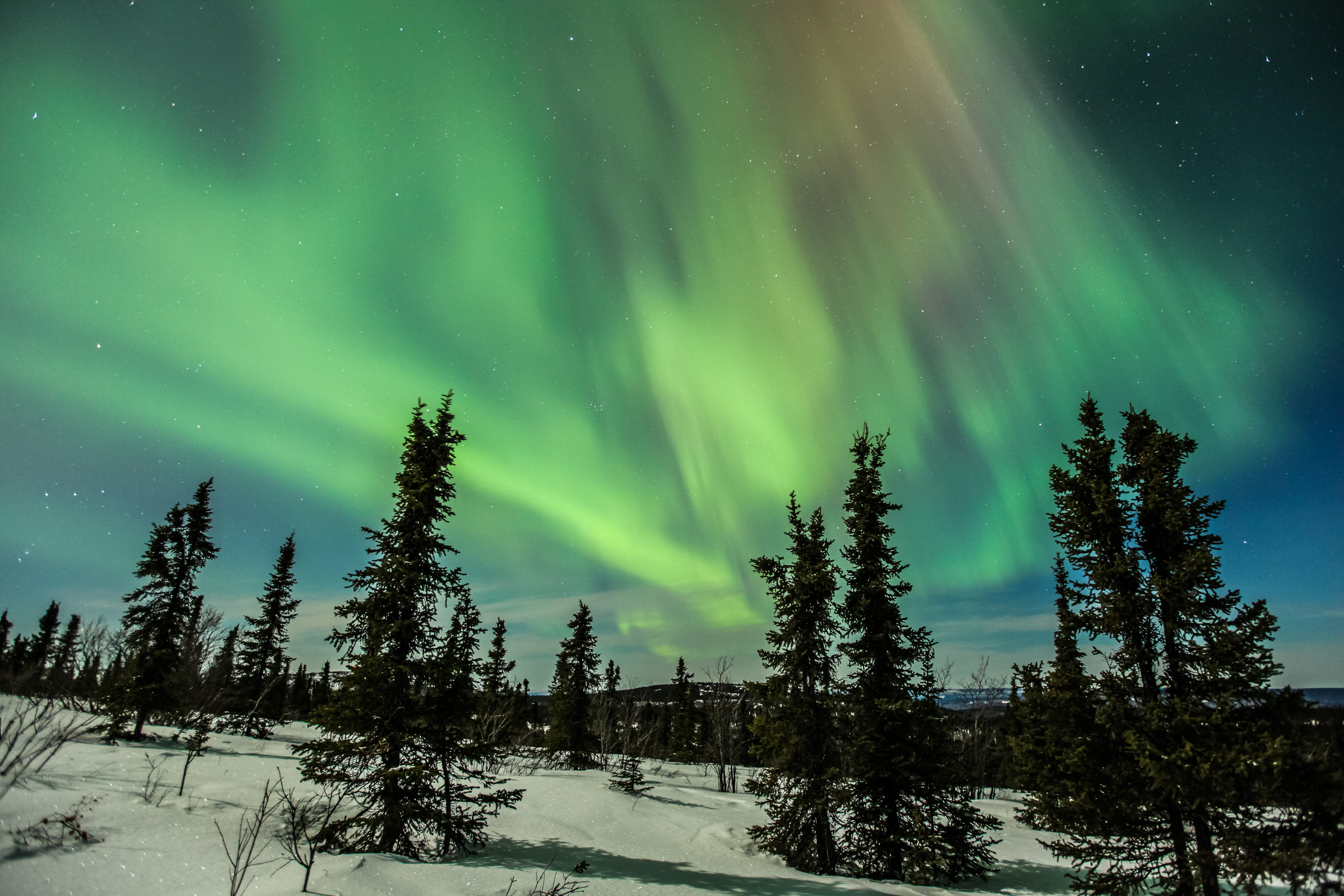Northern lights could be headed toward a 400-year low

Think of something “Arctic” and (aside from polar bears), the northern lights might come to mind. However, while the phenomenon indeed becomes more common and more intense the closer to the magnetic North Pole you are, they are not an exclusive Arctic phenomenon.
This may change, according to research published by Scientific Reports, a journal, on Jan. 31.
The paper, written by scientists at the University of Reading in the U.K., suggests that decreasing solar activity over the past 60 years indicates the sunspots that cause the northern lights to appear may reach a 400-year low by the end of this century, and, potentially, within the next few decades.
This “grand minimum” could result in the overall size of the sun’s atmosphere declining by 30 percent. The most profound impact of this would be on telecommunications equipment, as a weaker protective sphere that is created by particles cast from the sun would expose the solar system to more radiation from deep space.
However, the reduction in the number of solar particles reaching the Earth from the sun would also be noticeable in the frequency and intensity (and, by extension, extent) of the northern and southern lights (scientifically known as auroras).
Auroras are caused by charged particles emitted from the sun interacting with the Earth’s magnetic field. Where the magnetic field is strongest, the particles bounce off, without effect. At the magnetic poles, where the magnetic field is weakest, the particles can reach the atmosphere, causing certain gasses to emit light. The resulting auroras are most intense in oval-shaped areas centred on the magnetic poles.
It has long been established that solar activity rises and falls over an 11-year cycle. As a rule of thumb, the closer the sun is to the peak of its activity, the farther away from the magnetic poles auroras can be seen.
In the Northern Hemisphere, auroras are often seen in northern Europe and have been seen as far south as the southern United States (though, due to the magnetic North Pole’s placement, they are rarely seen beyond the highest latitudes in the Eastern Hemisphere).
Grand minimums of the types predicted can last for decades or even centuries. During the most recent such period, lasting from 1645 to 1715, 50 sunspots were observed. During a normal series of cycles lasting over a similar 70-year period, 50,000 sunspots can develop.
Predicting the northern lights with any accuracy is notoriously hard. Making long-term predictions even more so, but even if the paper’s findings bear out and the northern lights become the province of the polar regions for a period, critics point out that auroras will not disappear entirely from more southerly skies entirely.
That would be bright news for everyone.